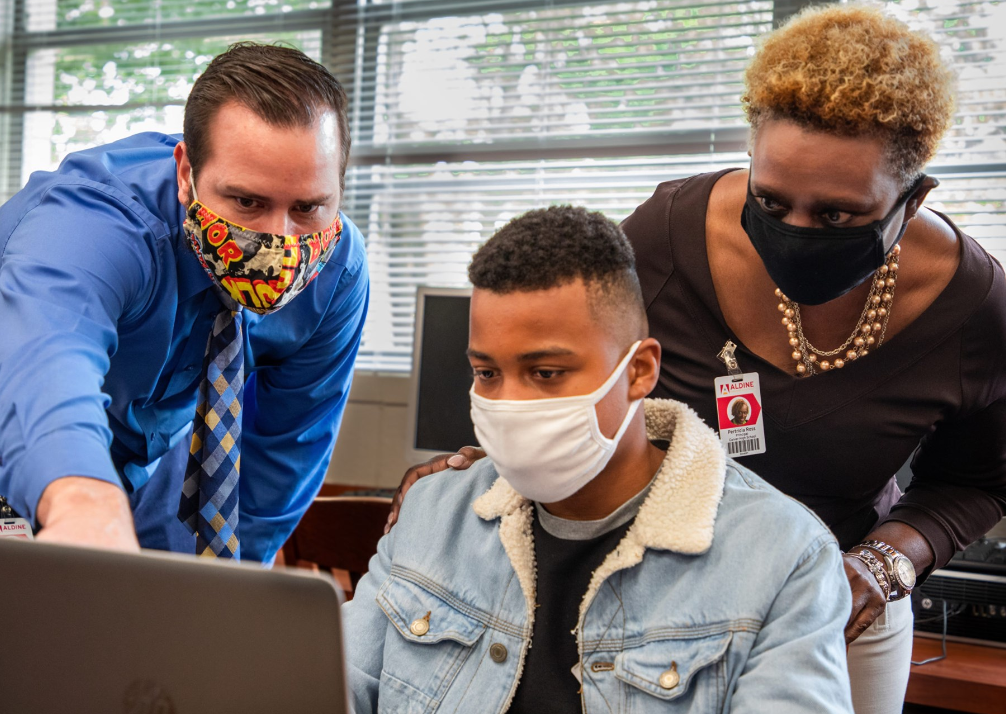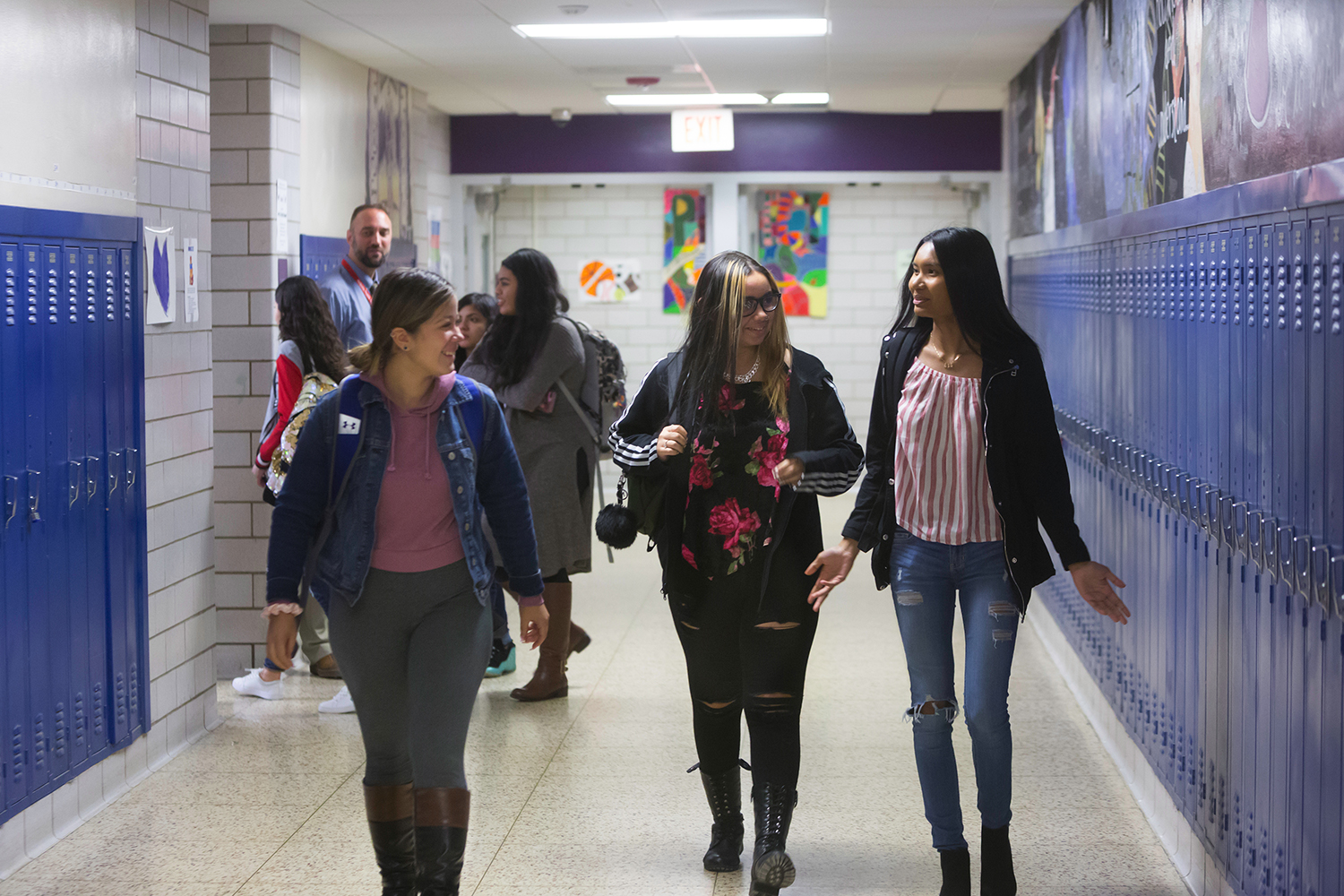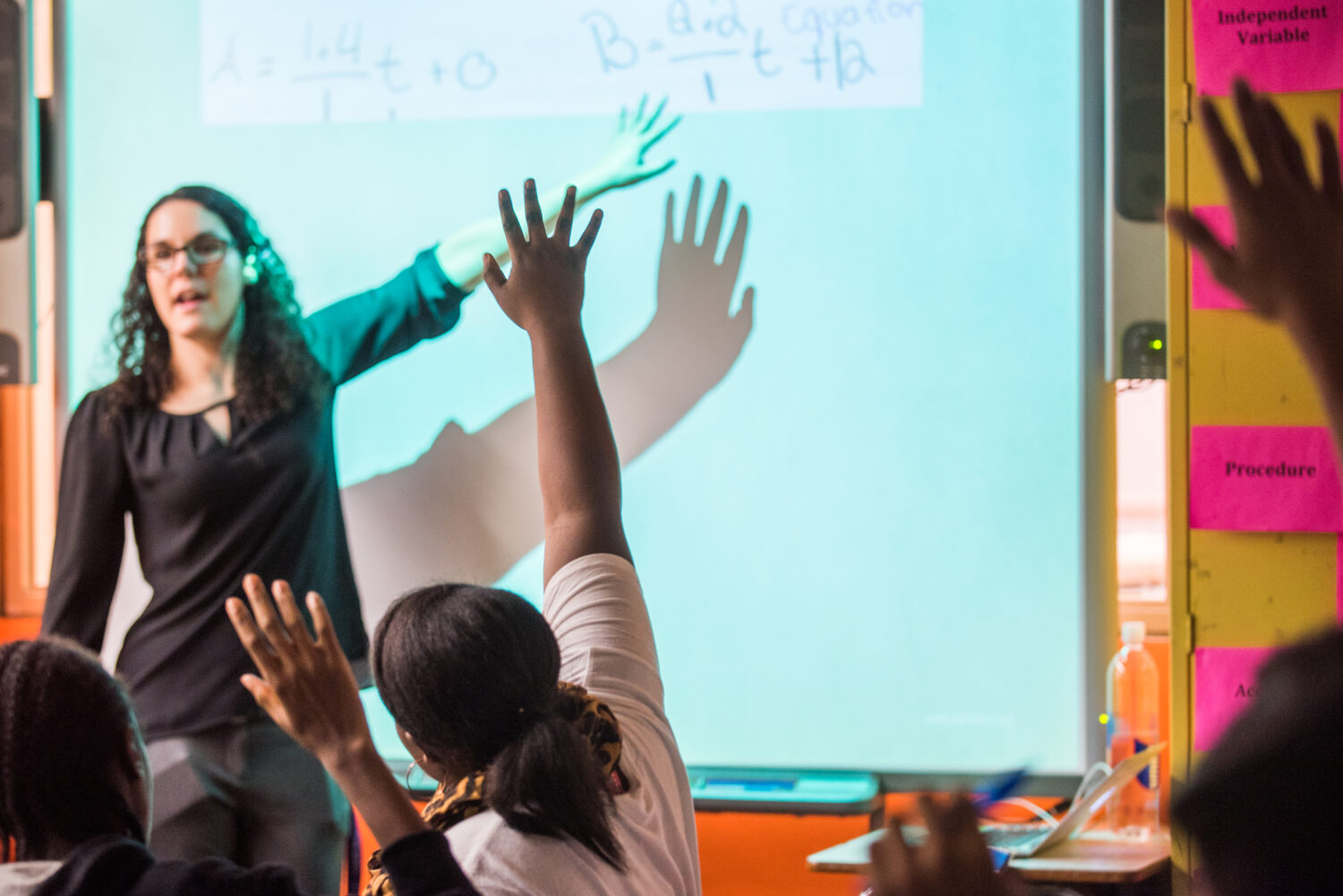Malden, a city just north of Boston, is a diverse community with many racial and socioeconomic groups. The city’s school system relies on data to understand who is being served well — and who is not. Leaning in to difficult conversations about the data served as a foundation for a broad range of next steps the school and district could take toward ensuring that every student has a high-quality learning experience.
Now more than ever, schools and districts across the country are striving to focus on equity, with the challenging events of 2020 illuminating countless disparities across the country. People of color and lower-income communities have experienced significantly higher rates of Covid-19 infection and mortality, along with job loss, housing instability and more precarious food access.
The impact on students and their education experience is profound.McKinsey & Company predicted that if school closures and hybrid schedules continue throughout this school year, Black students could experience 10.3 months of learning loss and Latinx students 9.2 months — compared with six months of learning loss for white students.
Such disparities are reinvigorating calls for public education to fulfill its central role in advancing racial equity. Racial equity in education means all young people, regardless of race or background, achieve at high levels. That is the ultimate measure of school quality.
When we see persistent differences in student outcomes based on race and background, this gives us important information; it tells us our schools are falling short — and that we need to do school differently.
As Malden and other thoughtful public districts demonstrate, advancing racial equity takes more than isolated trainings, readings or work by “equity teams.” It takes a commitment to bold thinking about all aspects of school that contribute to school quality.
This is precisely the work our organizations — the Barr Foundation and Springpoint — have been doing in our support ofschools across New England,viathe “Engage New England: Doing high school differently” initiative. Since 2017, schools have designed a diverse array of high school models that champion success for all students. This helps us identify four critical elements linking school quality to racial equity.
1. A Mission Rooted in the Belief That All Students Can Achieve at High Levels
Schools that effectively serve all students have a clearly defined mission rooted in an unwavering belief in the potential of all students. The whole school community addresses practices, systems or aspects of its culture that do not foster equity.
2. Challenging and Meaningful Learning Experiences for All Students
Such schools provide all students with challenging and meaningful learning opportunities, and ensure that students are supported in rigorous and relevant learning experiences preparing them to succeed in a broad range of college and career options.
3. Customized, Varied, and Accessible Student Supports
Student support systems, tailored to varied needs, help create and sustain a culture of high expectations. These systems are transparent and easily accessible. Students receive personalized, ongoing feedback on their academic progress and can expect timely and responsive supports — either academic or social-emotional supports as needed.
4. Data Practices that Measure What Matters and Inform Strategies to Better Serve All Students
Gathering and studying data helps both groups of students and individuals succeed. Schools need to regularly measure student academic progress and disaggregate data based on race to identify barriers and redesign approaches to better support racial equity. Students of color, English language learners and students receiving special education services are disproportionately enrolled in remedial, below-grade-level coursework that data shows is a dead end for students, and an ineffective strategy for closing learning gaps.
All students deserve a school where they are known, challenged and supported to be ready for a wide variety of personal, education and career options throughout their lives.
It will take an incredible amount of reflection, vulnerability and effort. We have seen how an unwavering focus on students and a willingness to have hard conversations can strengthen school quality and racial equity so that all students, regardless of their race or background, can pursue their goals.
This piece originally appeared in Hechinger Report under the title “Creating a more equitable high school experience means hands-on, hard work and a long-term commitment”





